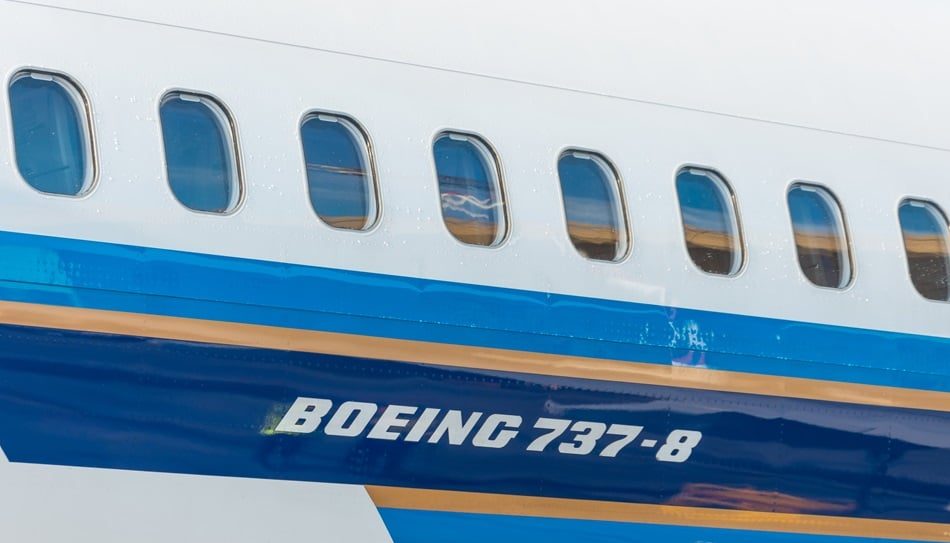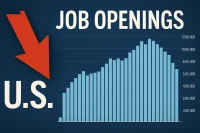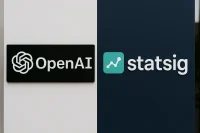After two weeks of stalled negotiations, Boeing has resumed talks with the International Association of Machinists and Aerospace Workers (IAM) in an attempt to resolve a three-week-long strike affecting over 33,000 employees.
The strike, which began on September 19, has taken a toll on both sides, with Boeing losing an estimated $100 million in sales per day and workers facing increasing financial strain as their healthcare benefits ended last week.
A federal mediator has called union and company representatives to a Seattle hotel, marking the first direct dialogue since a contentious meeting on September 27.
Both parties hope to reach a compromise that could yield a third contract offer, potentially bringing the costly standoff to an end.
High Stakes and Strong Unity Among Workers
As the strike enters its fourth week, the stakes are high. Boeing workers, buoyed by a wave of labor activism, have taken a strong stance, demanding improved wages and the reinstatement of a defined-benefit pension plan.
With 96 percent of union members voting to strike, the workforce has shown a unified front, refusing a prior offer of a 30 percent wage increase.
This proposal, presented directly by Boeing two weeks ago in an attempt to bypass the bargaining process, backfired and only served to strengthen union solidarity.
IAM District 751 President Jon Holden, who has been leading negotiations, has maintained a hardline position.
The union has returned to two core demands from the initial talks: a 40 percent pay increase and the reinstatement of the pension plan, which was removed in a previous contract.
For many workers, these demands are about reclaiming benefits they feel were unfairly stripped away.
“I’d say morale is still high,” said Nico Savranakis, a 28-year-old team lead mechanic. “It’s great to see everybody standing together and unified.”
Economic Pressures Weigh on Both Sides
While union members remain resolute, the economic pressure of the strike is beginning to set in.
With no wages since September 19 and healthcare benefits suspended, many workers have started finding creative ways to make ends meet.
John Son, a 42-year-old quality inspector, shared that he’s stretching his resources and even started selling custom t-shirts online to generate extra income.
Son said: “I miss going, I miss working, I do miss my paycheck,”.
Despite the financial strain, he remains committed to striking for better pay and benefits.
“We want to keep our bonus, we want a little bit more money and possibly a pension, but if not, you know, we will see what we get.”
The company is also feeling the pressure. Boeing, which has been grappling with financial challenges since a production setback earlier this year, now faces credit rating threats as the strike drags on.
As Boeing’s CEO Kelly Ortberg explained to employees, “A resolution with the IAM union stands as a priority for me.”
Ortberg, who took the helm in August, emphasized the importance of coming together, saying, “I am confident that we will get through this period and come together as one team.”
The Path to Compromise
Bridging the gap between Boeing’s offers and union demands will require delicate negotiations.
The union’s demand to reinstate the pension plan is a significant sticking point, and analysts believe it’s unlikely that Boeing will agree.
With additional contract talks approaching with machinists in St. Louis and engineers in Seattle, the company is wary of setting a costly precedent.
Leon Grunberg, a sociology professor and labor relations expert, noted that while union enthusiasm remains strong, Boeing’s financial position makes it challenging to meet all demands.
Grunberg said: “From the union point of view, it’s still early days and there’s lots of enthusiasm in the trenches,”.
The union’s confidence in having the upper hand has been bolstered by Boeing’s attempts to appease them, including an early offer of a 25 percent wage increase, which was then raised to 30 percent.
Union members believe they can negotiate further improvements, with IAM leaders pushing for more favorable retiree benefits alongside pay raises.
Need Career Advice? Get employment skills advice at all levels of your career
Prospects for a Resolution
The return to talks with a federal mediator offers hope for a resolution, although the timing remains uncertain.
Both Boeing and the union have significant incentives to resolve the strike quickly.
Each day of the strike increases Boeing’s financial strain and delays production, while workers face escalating costs without pay and healthcare benefits.
With negotiations set to continue, a third contract offer from Boeing may be on the horizon, potentially including compromises on both wages and benefits.
Workers like John Son, while holding out for improved conditions, express some willingness to accept a deal that meets basic demands on both fronts.
Son said: “I’d consider a lower pay raise if it meant better retiree benefits,”
As the talks resume, the outcome will be closely watched not only by Boeing’s employees and management but also by other companies facing labor unrest.
The strike’s resolution could set a precedent for future labor negotiations in the aerospace industry and beyond, as workers nationwide seek to leverage the recent resurgence in labor activism for better wages and benefits.




